A fact about climate change that can no longer be ignored today is that the ice is melting, but not only in the oceans. Permafrost - this underground cold that was considered "eternal" is also a victim of global warming. Permafrost is an upper part of the earth's crust, the temperature of which remains below zero and goes down to -10°C. Its depth can extend up to 1 km and a half.
In Russia, Yakutia is the cradle of permafrost having its largest part with an area of just over three million square kilometers. This place of Eastern Siberia is known as the Pole of Cold and distinguished by a continental climate, characterized by long winters with temperatures below -40° -60°C and short summers. During this period of 1 to 2 months, only the upper layer of the earth must thaw, thus allowing the development of vegetation, but today, due to warming, a partial thaw of the deep layers is in progress. This thaw represents many inconveniences for local populations: subsidence of land, collapse of buildings, rupture of oil pipelines, deformation of roads, disturbances in ecosystems.
Living on a permafrost land, people are mainly engaged in herding cows, horses and reindeers. Due to the extreme winter cold, the infrastructures, except in large cities, do not allow to have running water or sanitary facilities inside most homes. Having a very difficult access to the water, people take ice from the frozen river or order the delivery by water carrier which pumps water from rivers. Summer heat getting stronger and stronger dries up the groundwater which causes the ignition of peat in soils, the drying out of vegetation, forest fires and the melting of permafrost.
Oymyakon village in Yakutia, known as the coldest permanently inhabited settlement on Earth, is considered as a regulator of climate by diffusing its freshness. This place is closely observed by meteorological stations because its warming and the absence of the Oymyakon cyclone would become catastrophic for the whole planet. Despite a rather stable average temperature of the year, climate anomalies already noticed which causes permafrost to thaw.
According to the researchers, the permafrost could thaw before the end of this century, impacting not only the infrastructure of local populations, but also the quantity of greenhouse gases and the state of the biosphere of our planet with the release of methane, mercury, ancient bacteria and viruses.




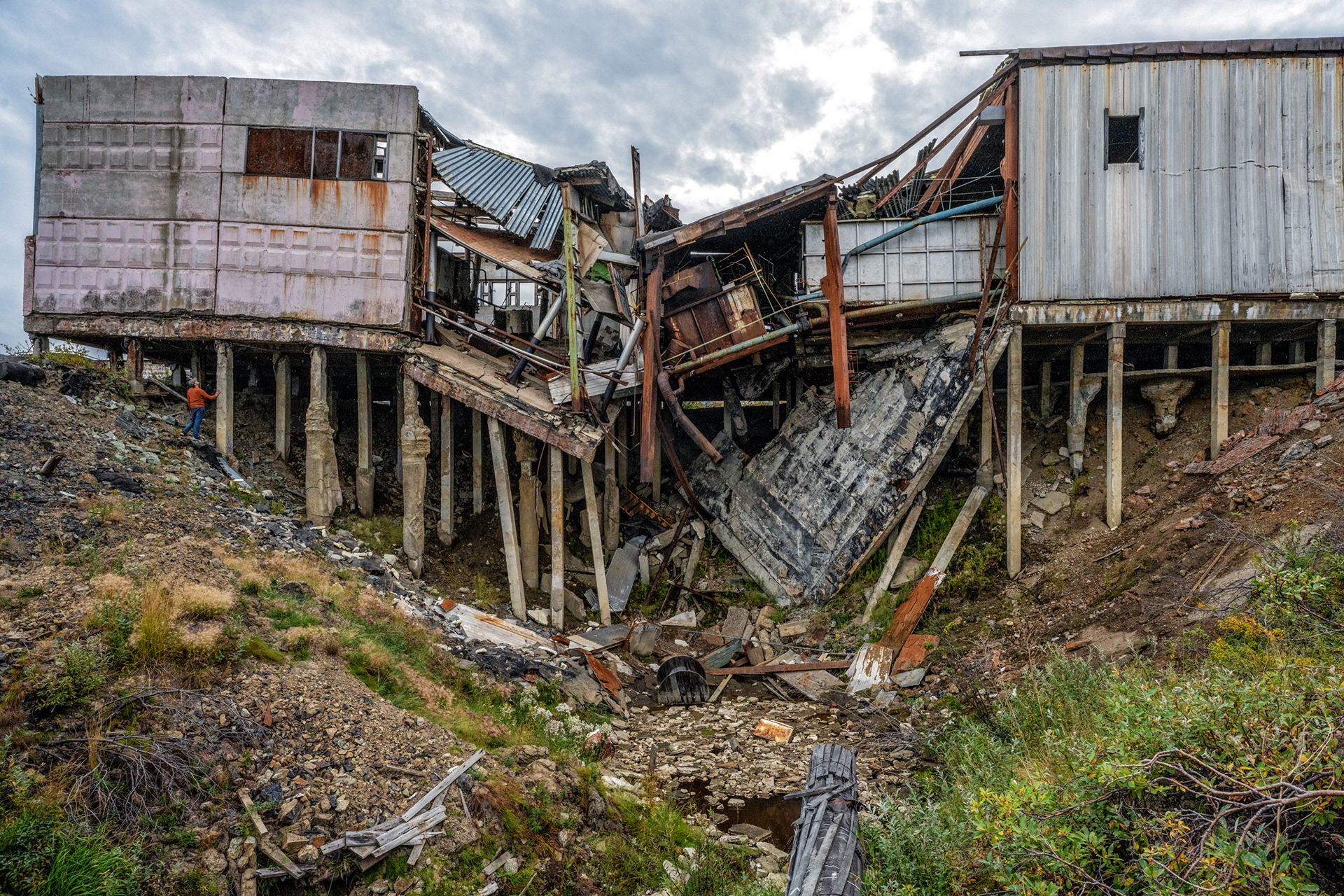










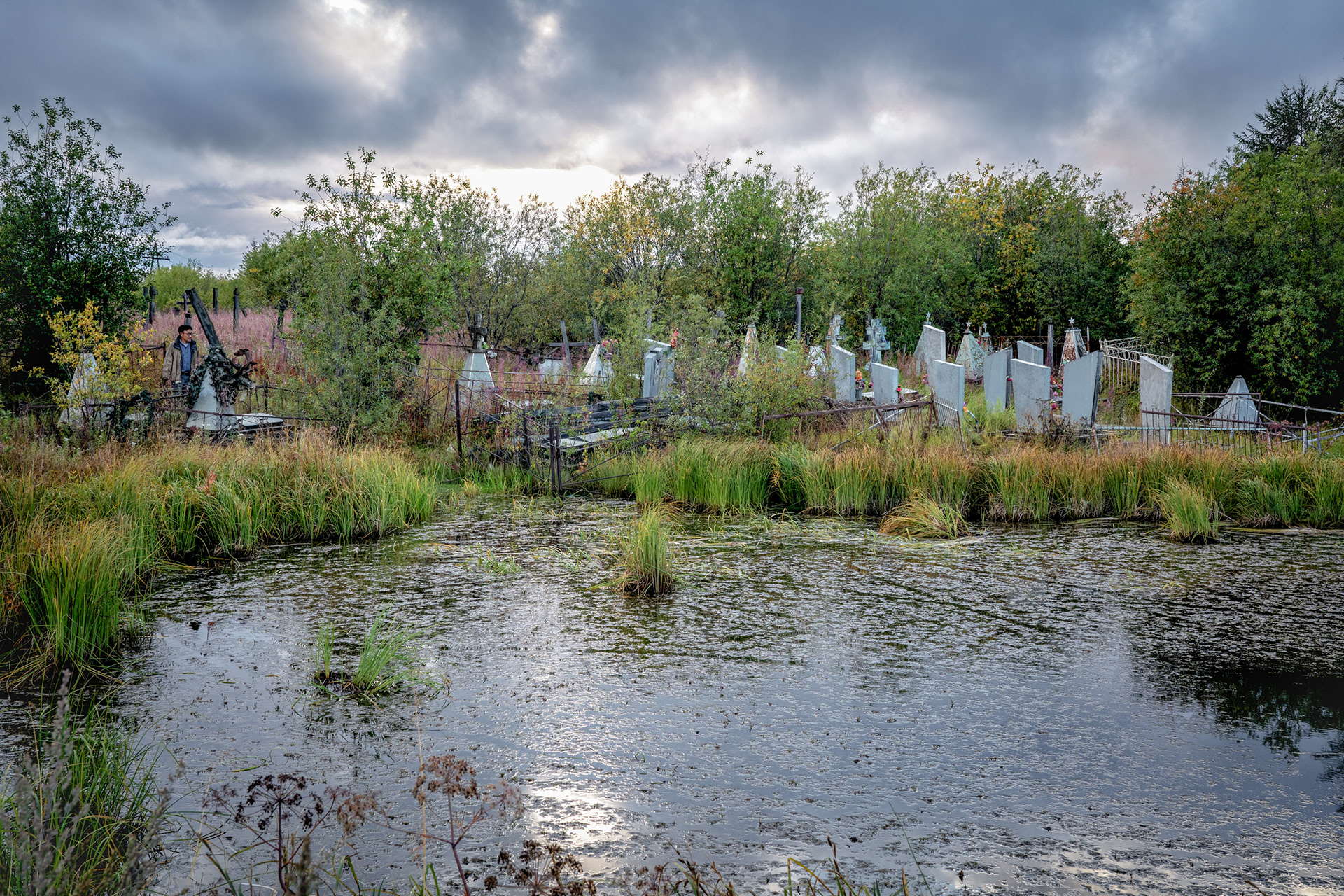
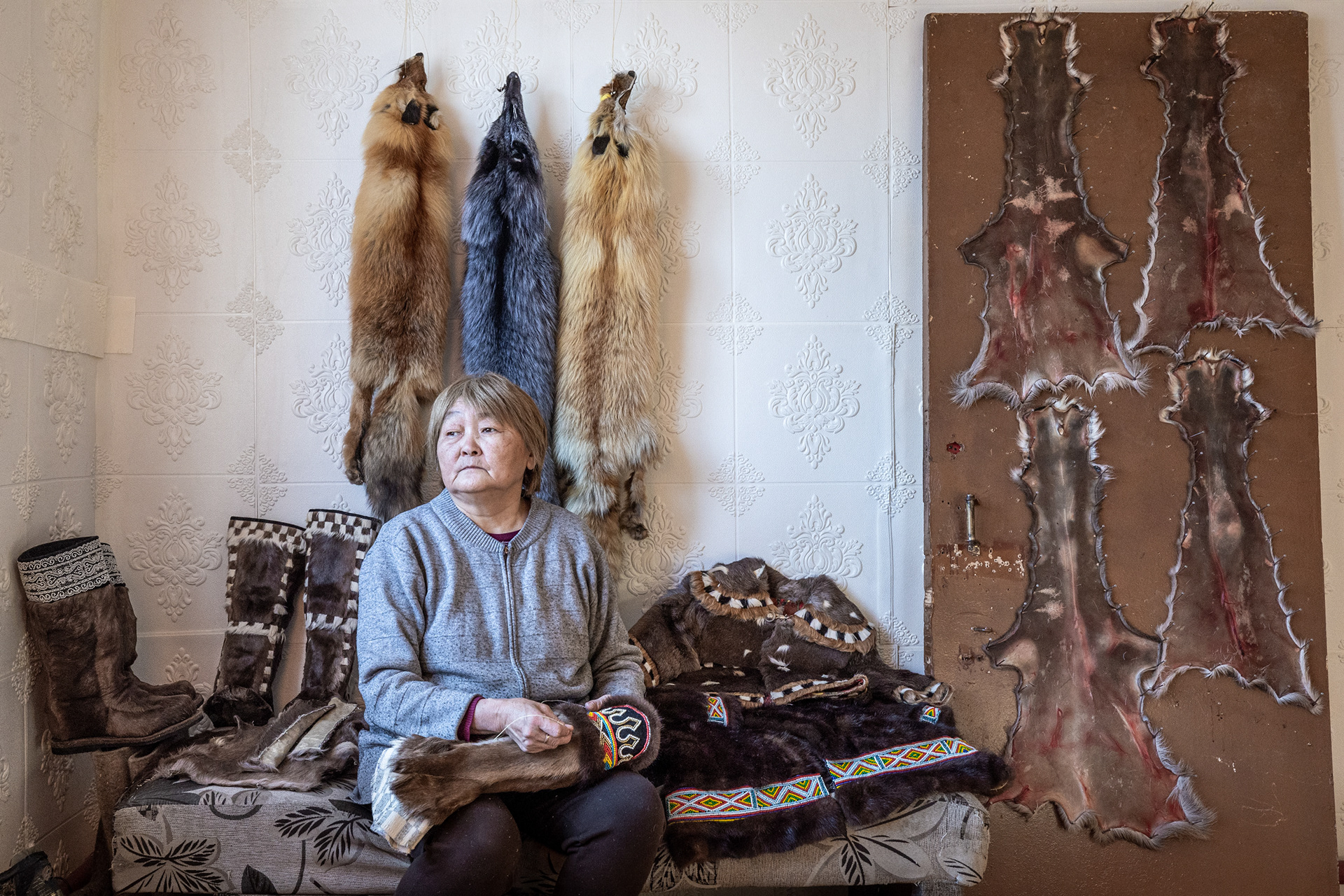









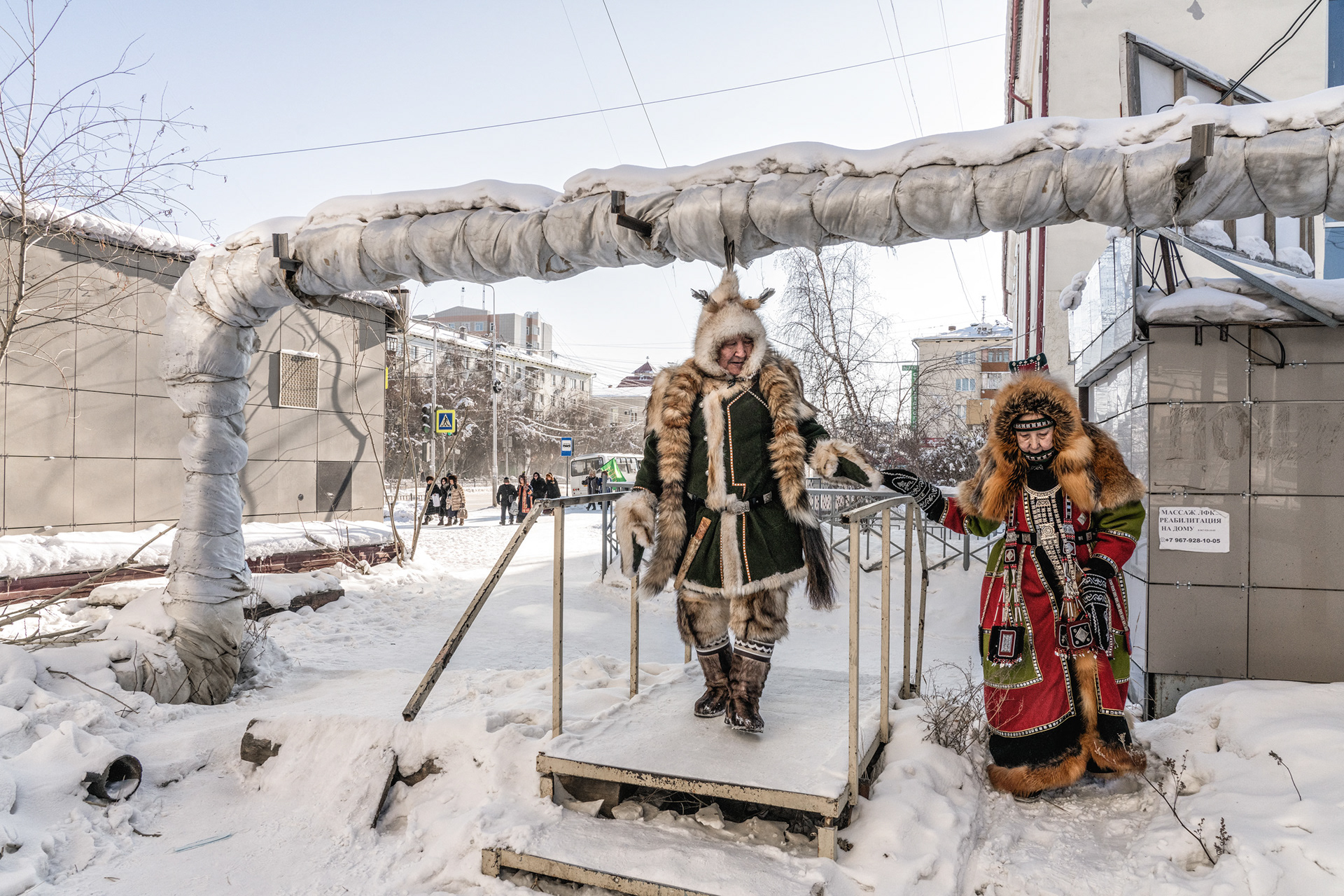

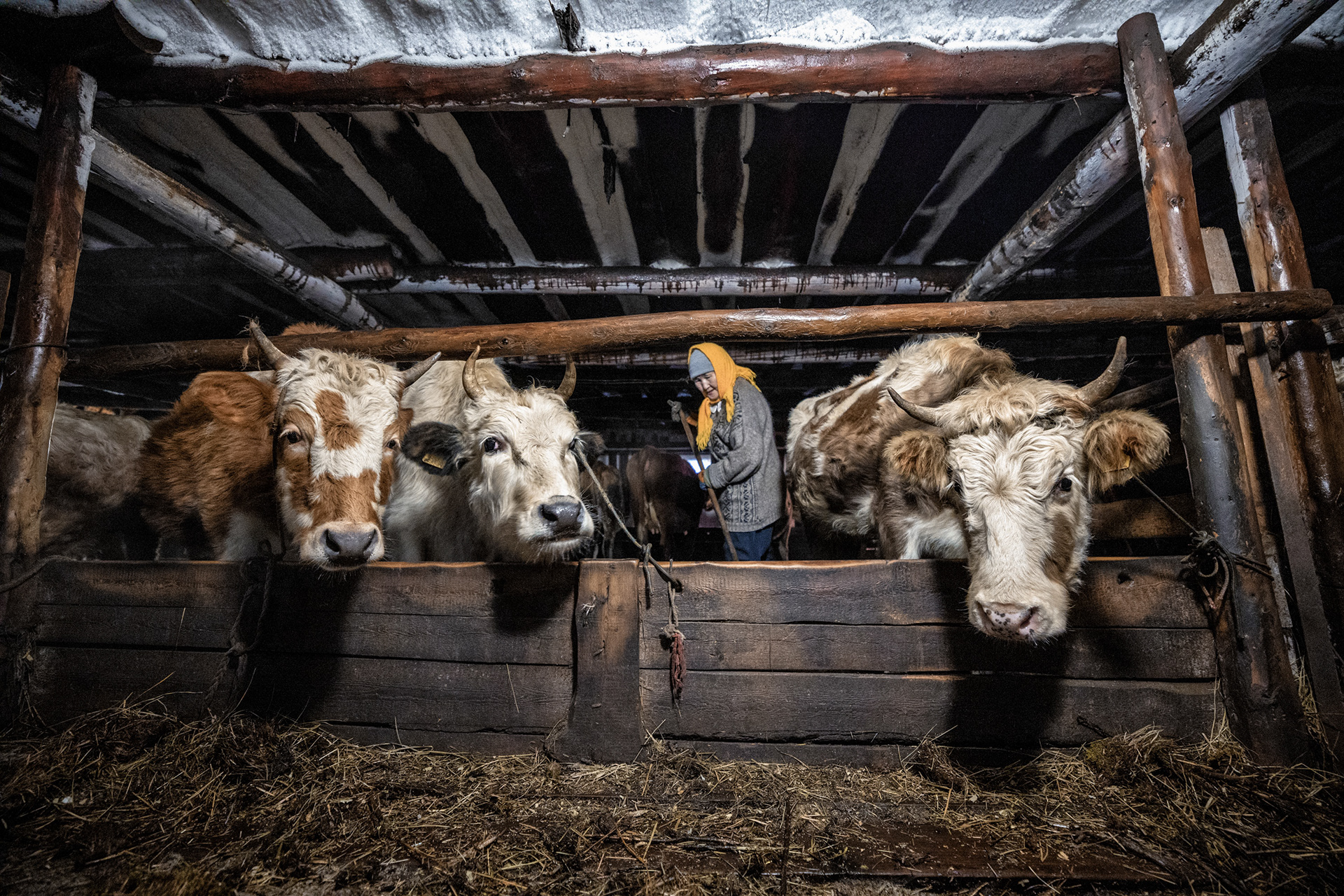
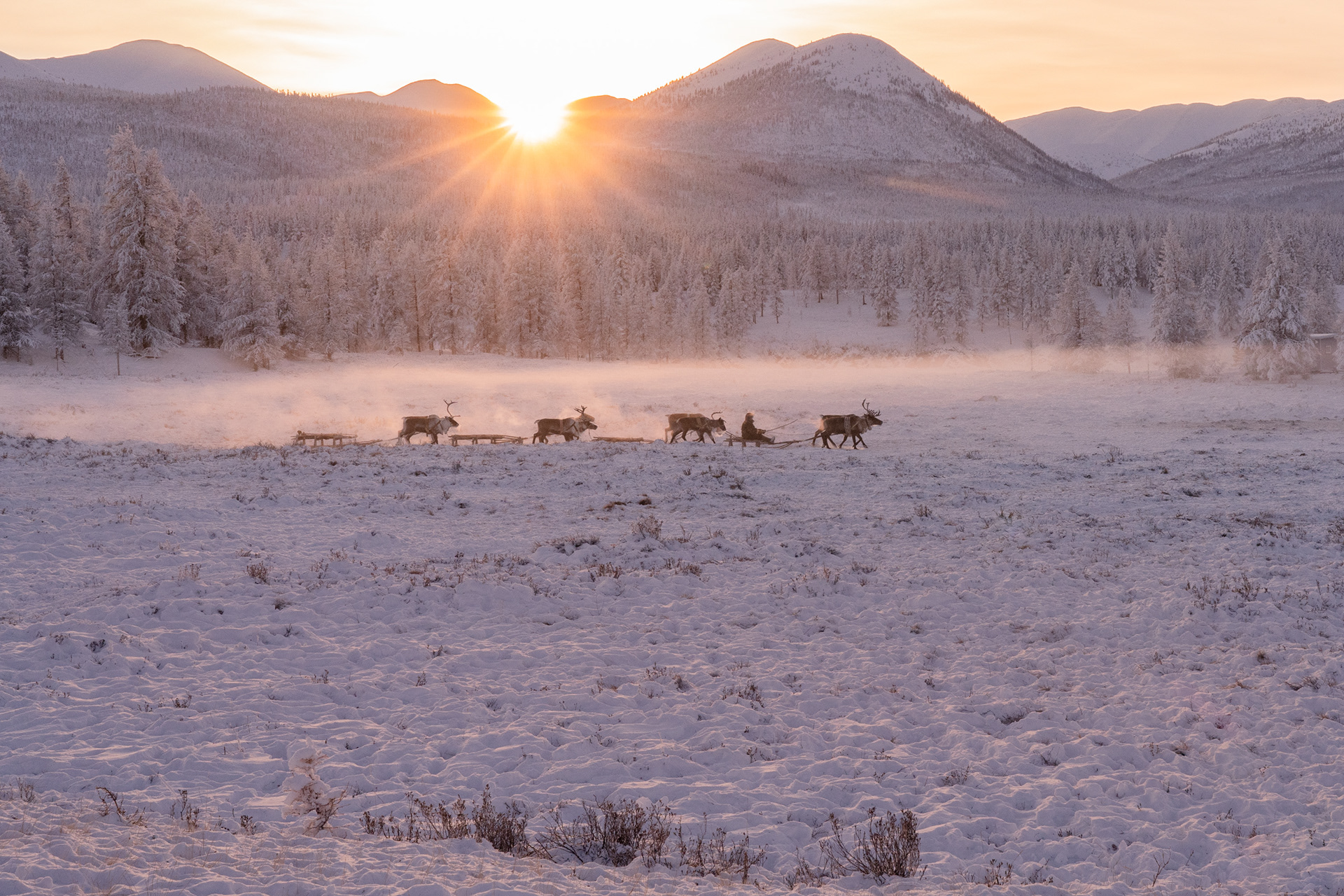
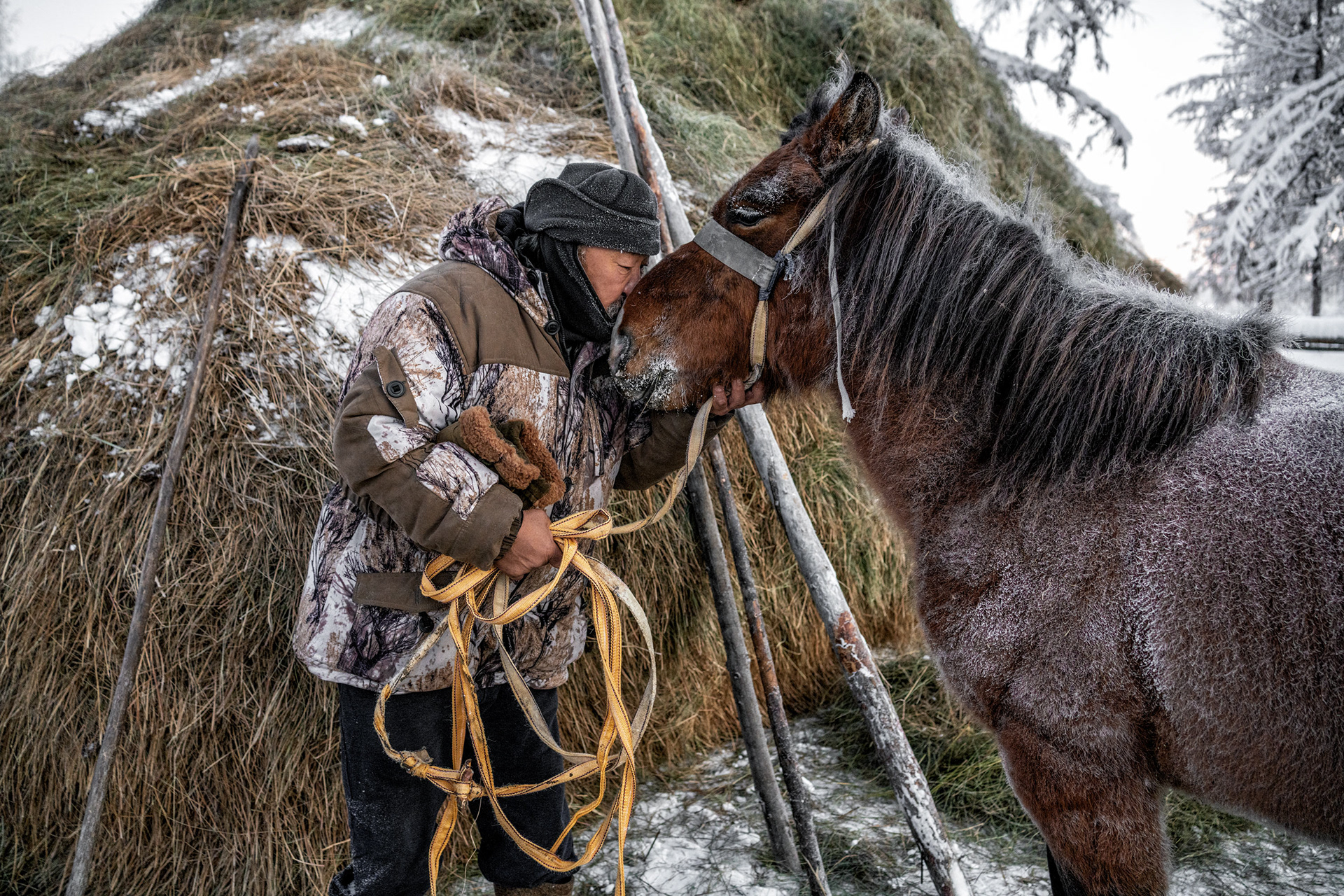

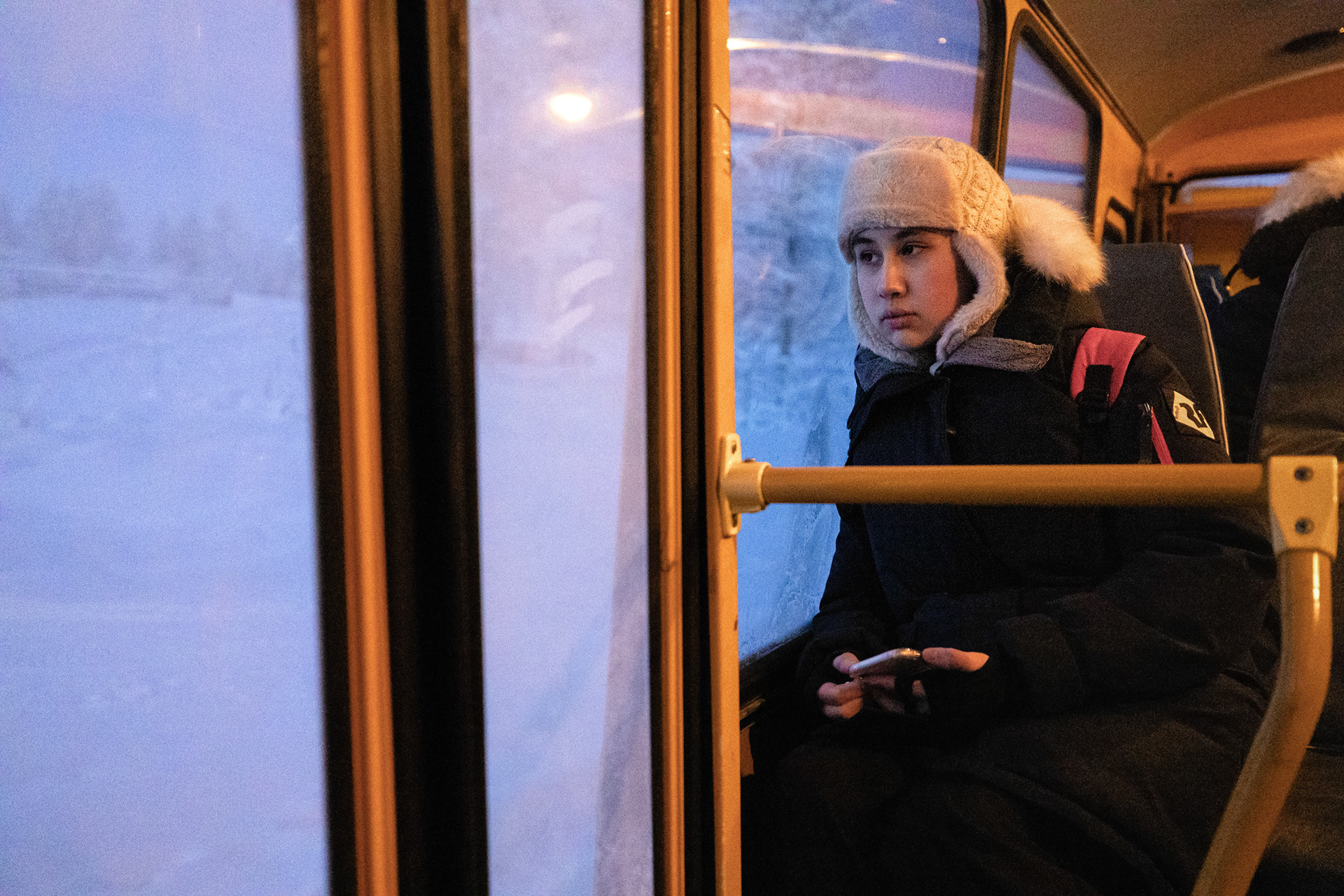

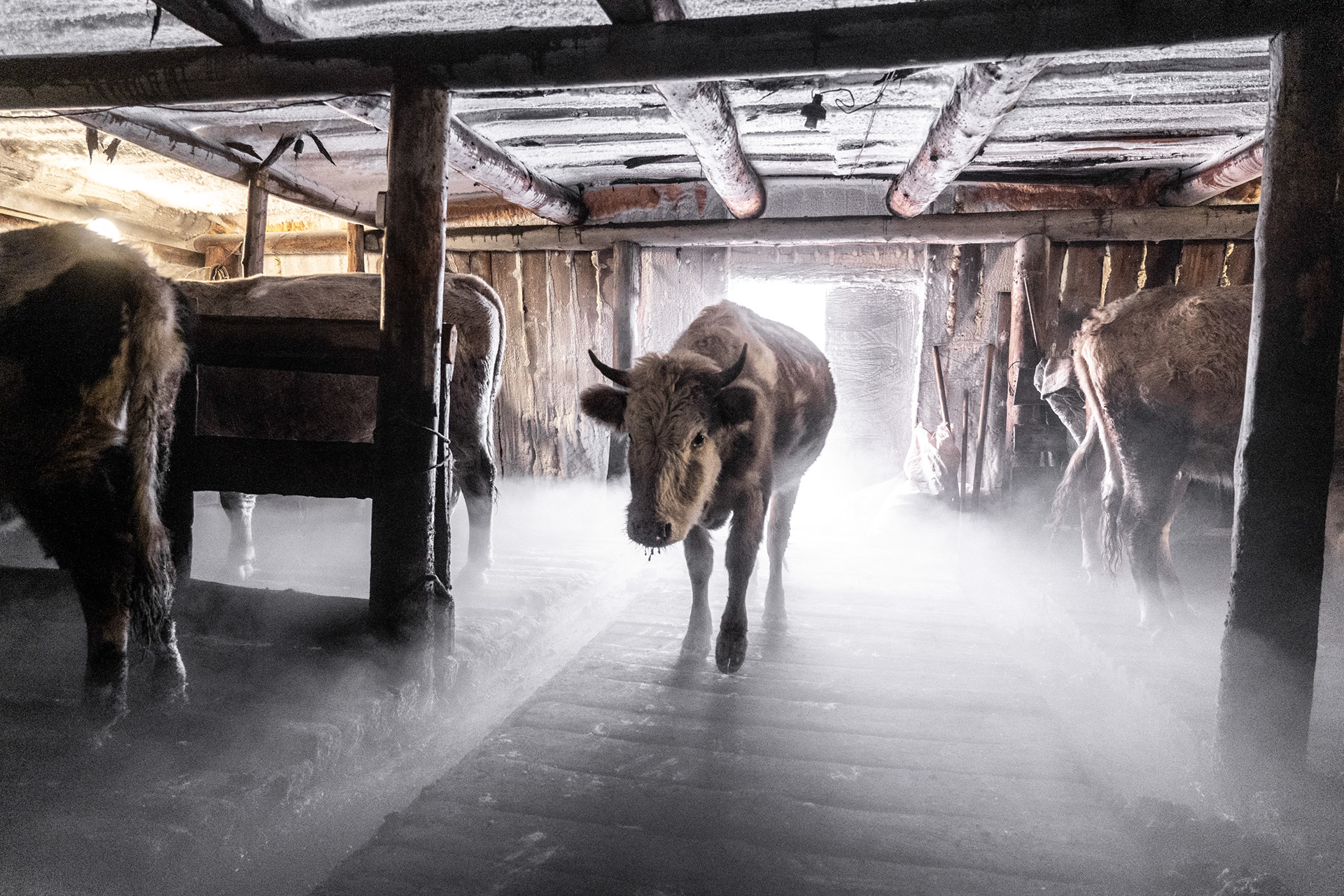
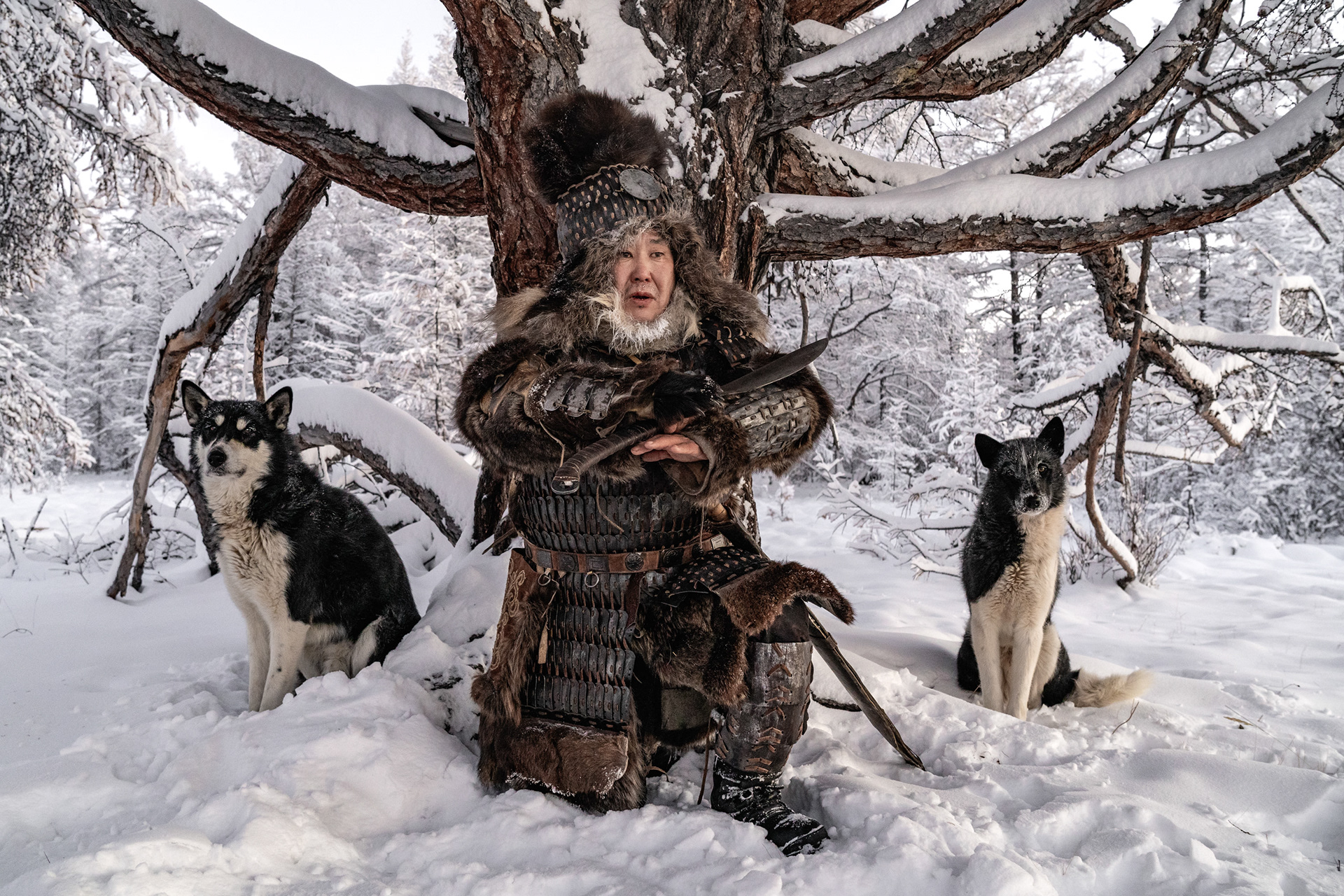




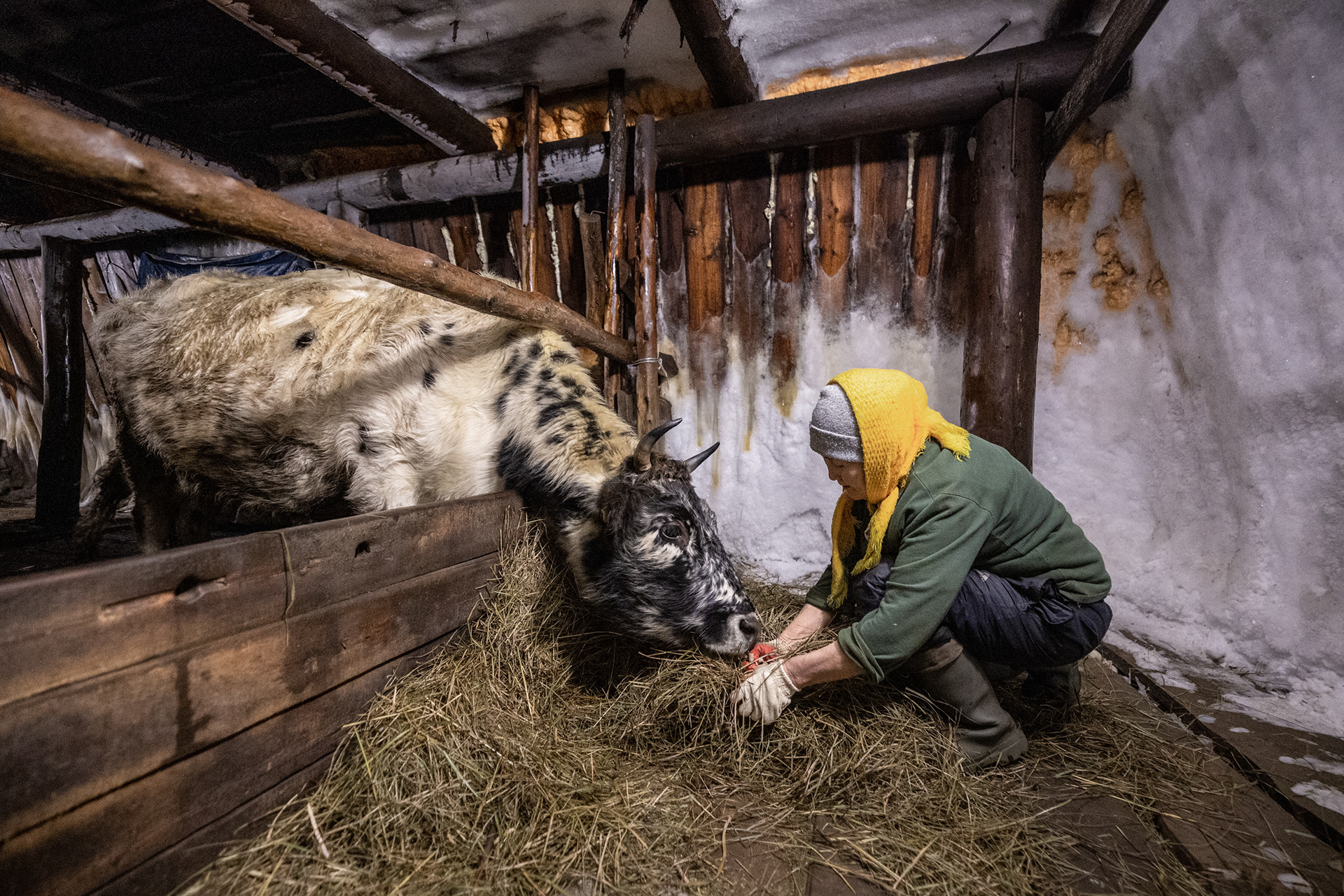


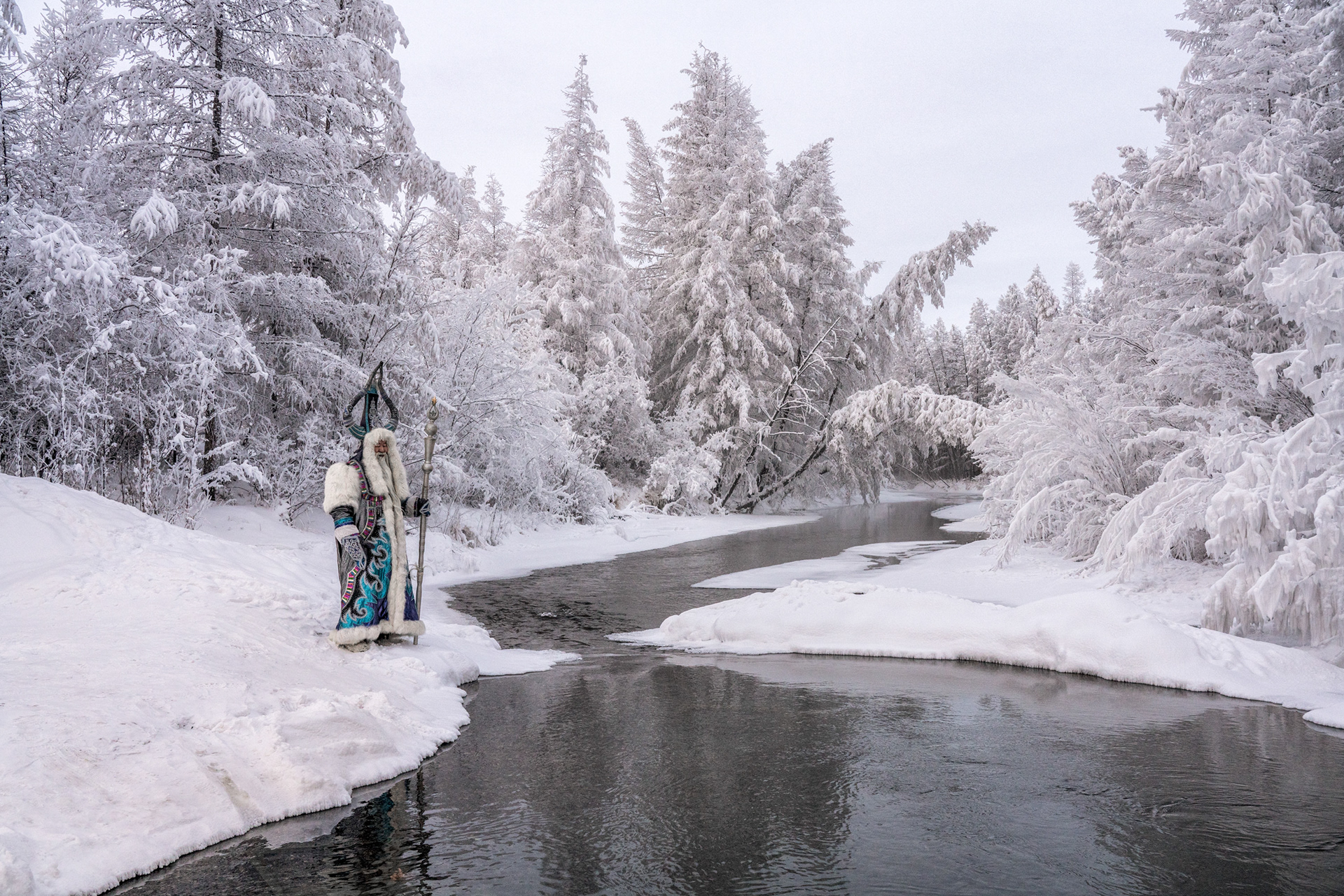

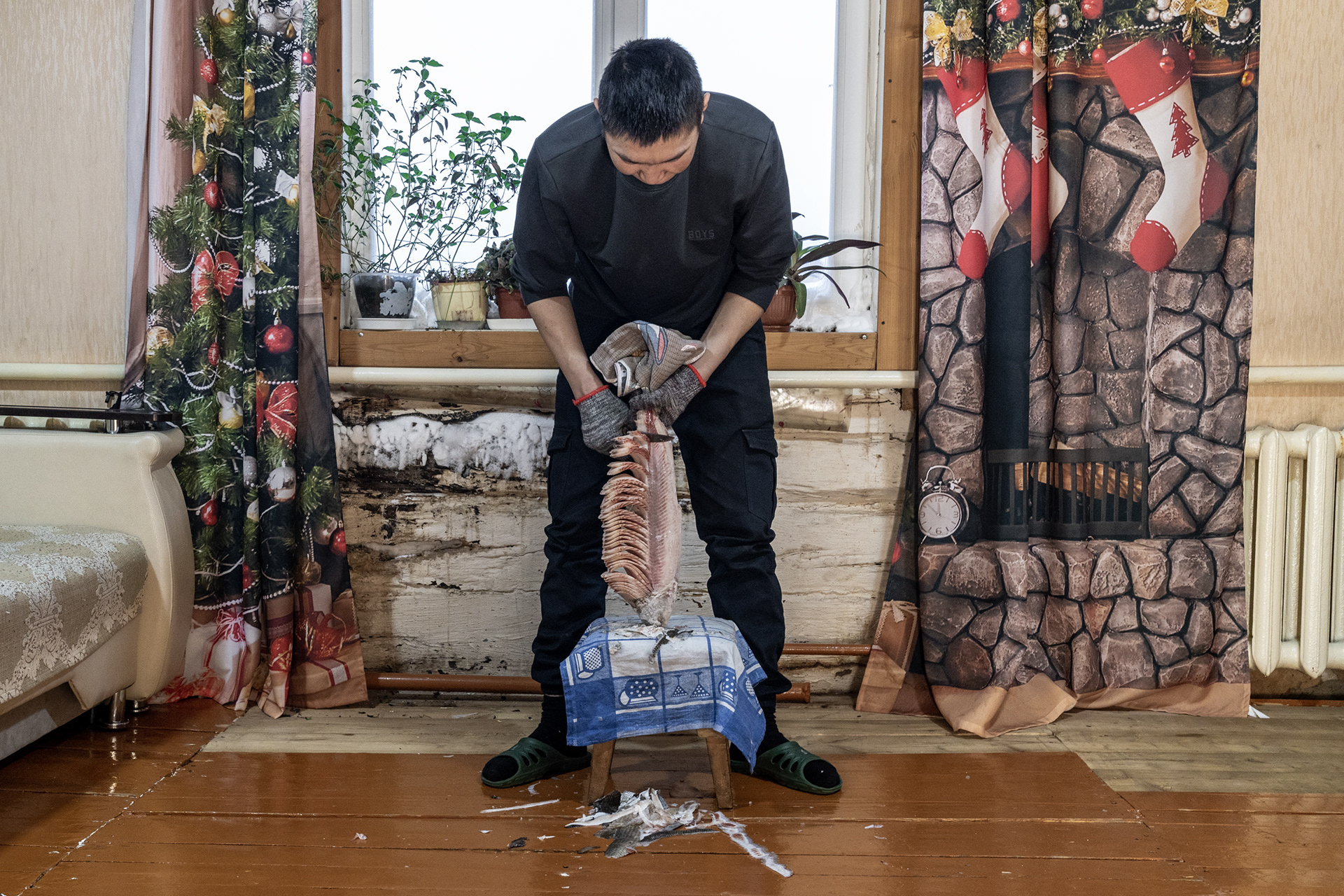
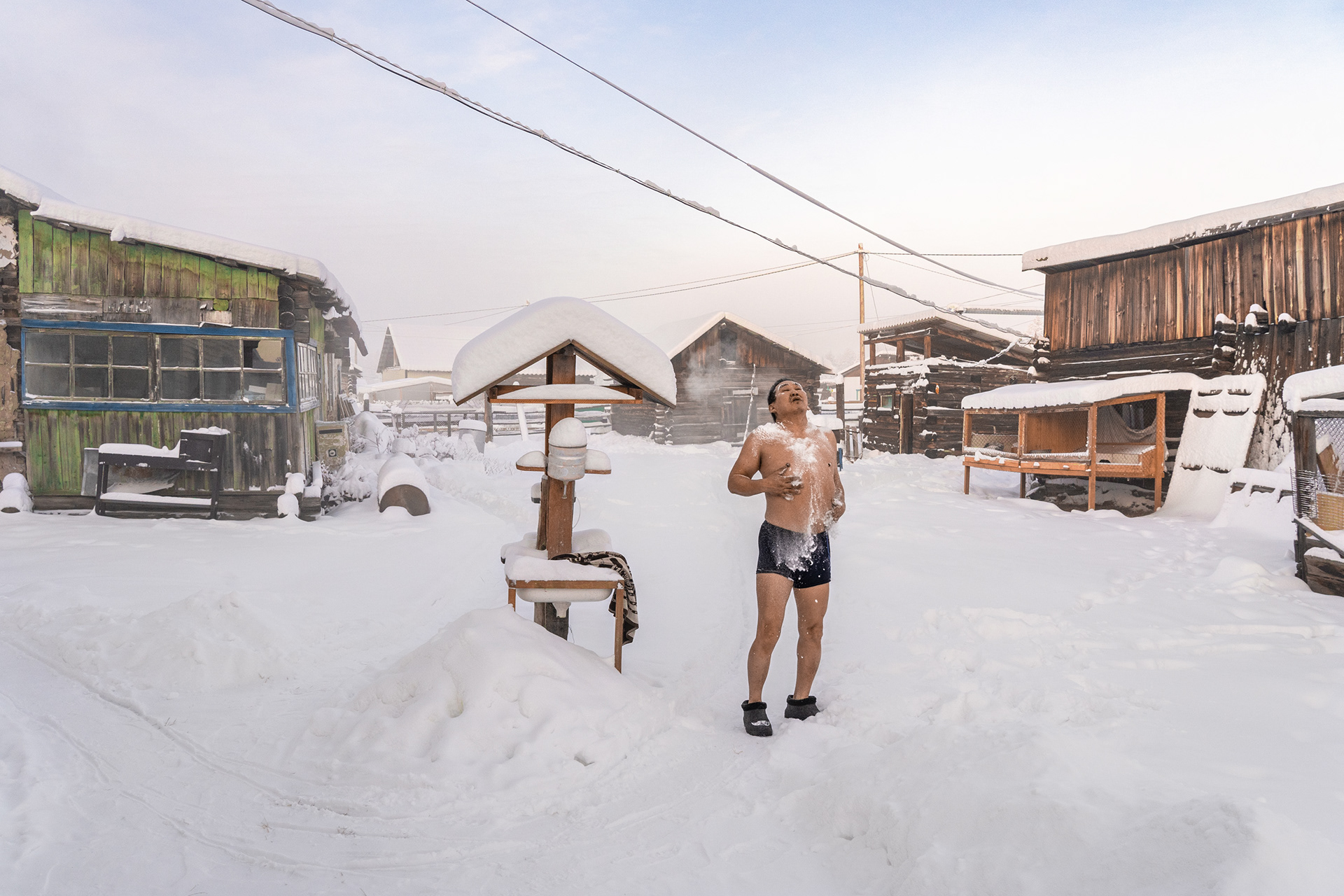
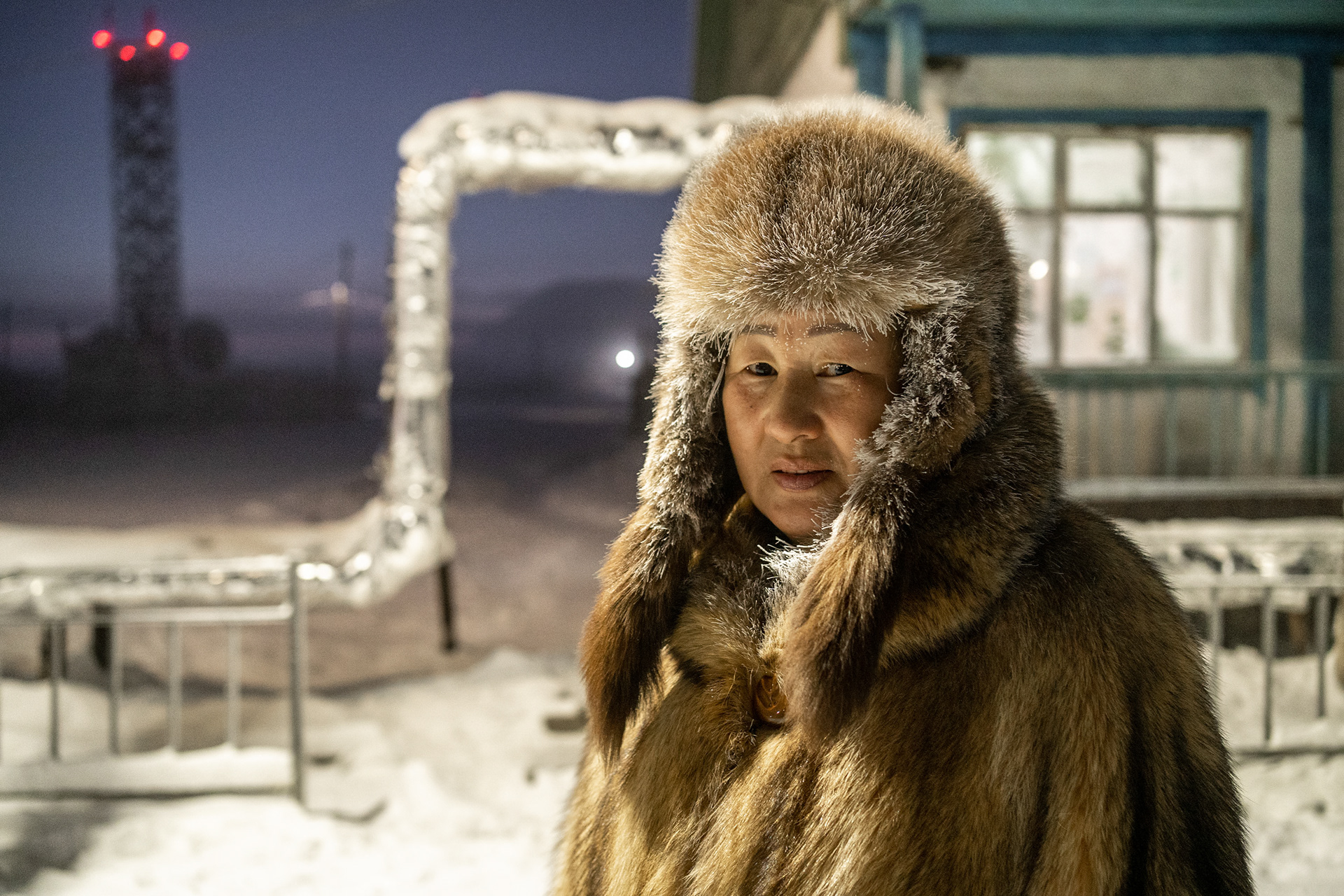
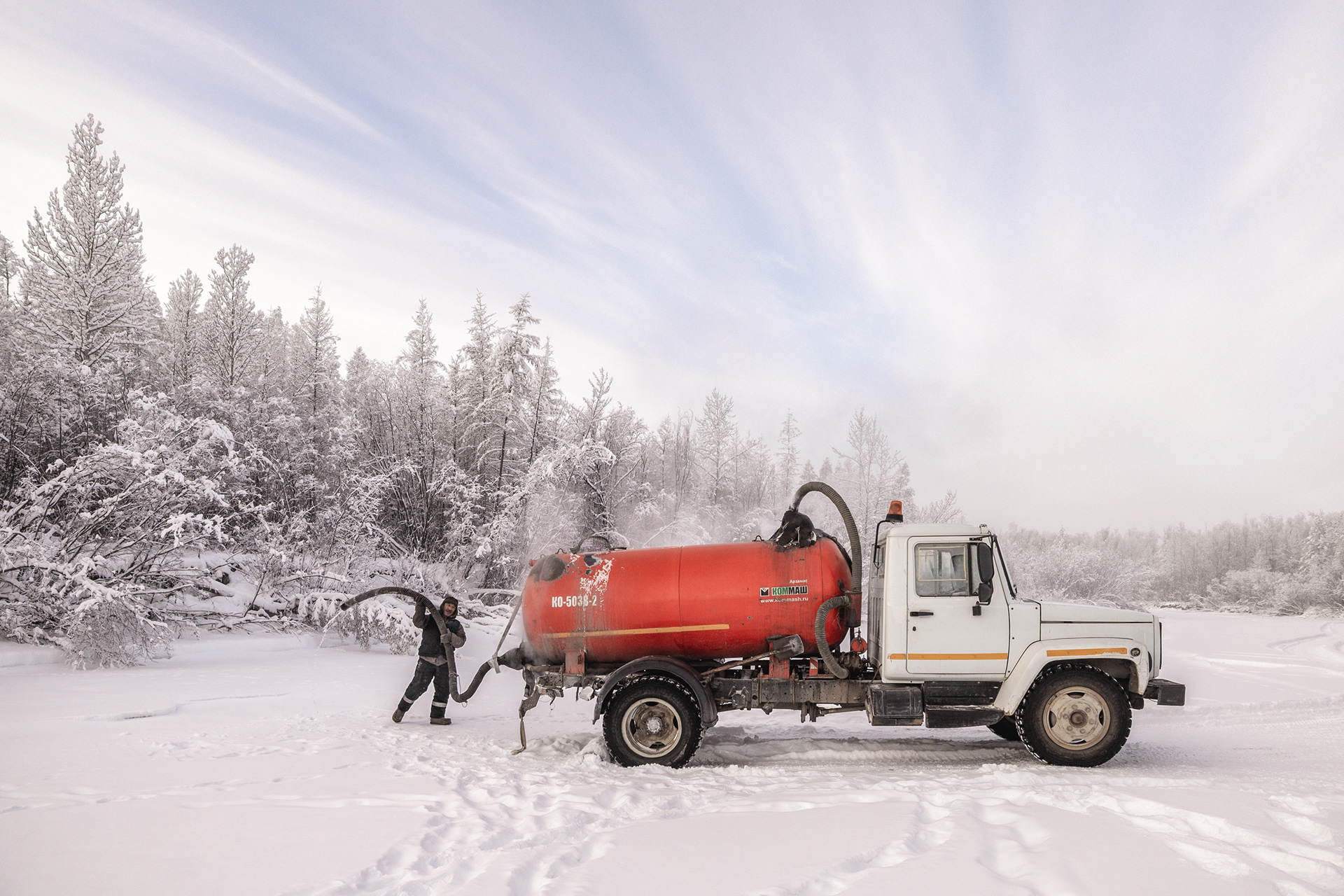




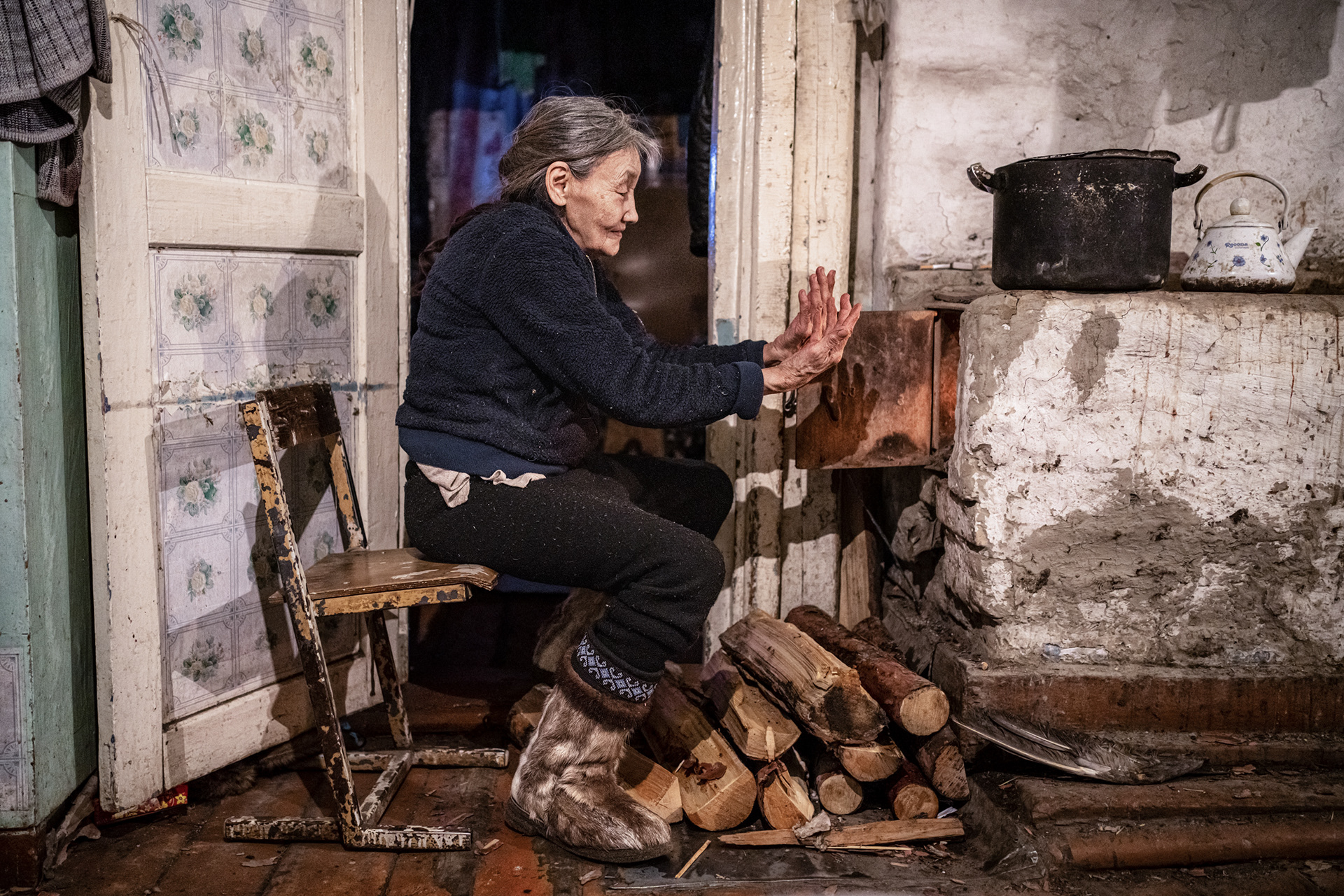

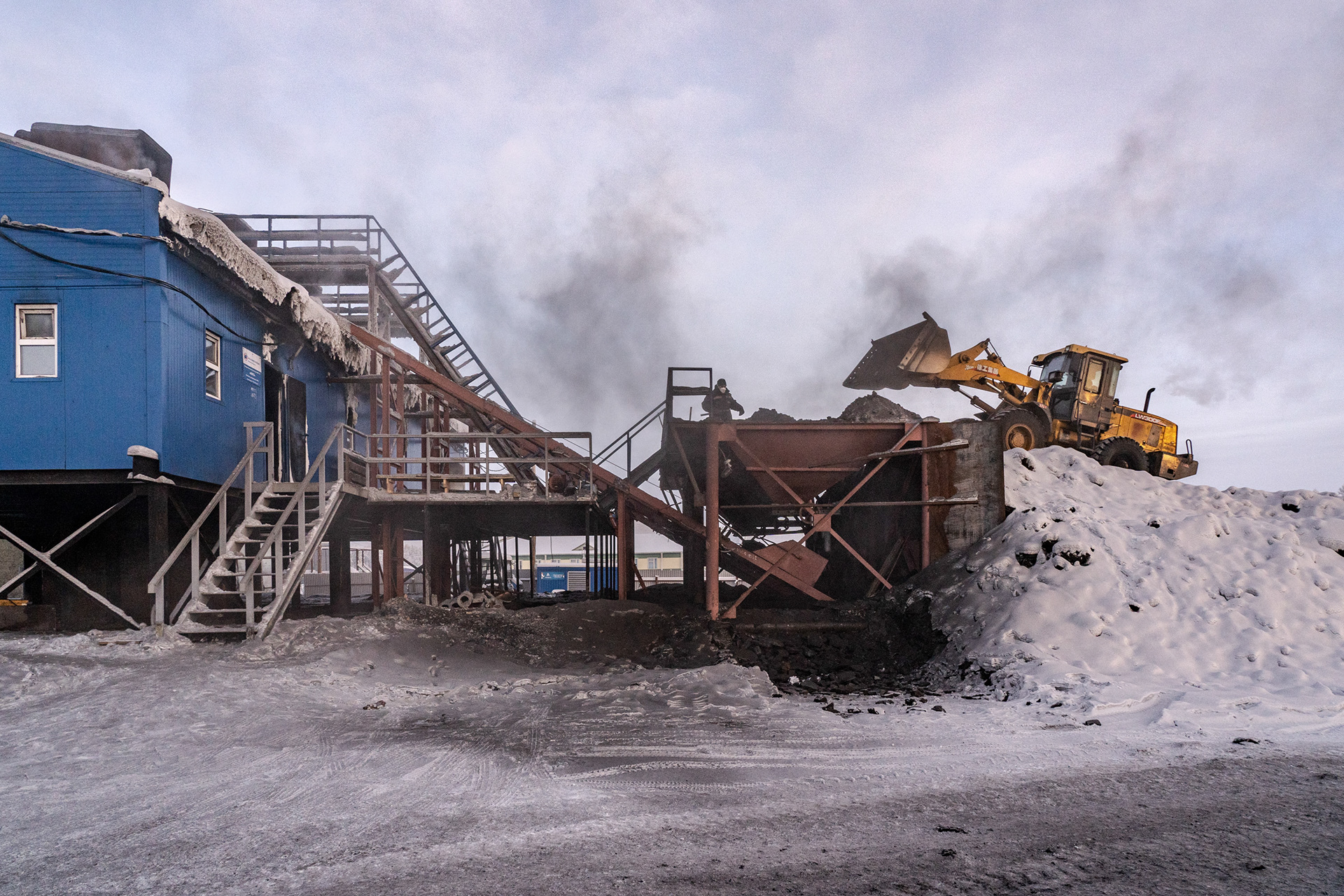

















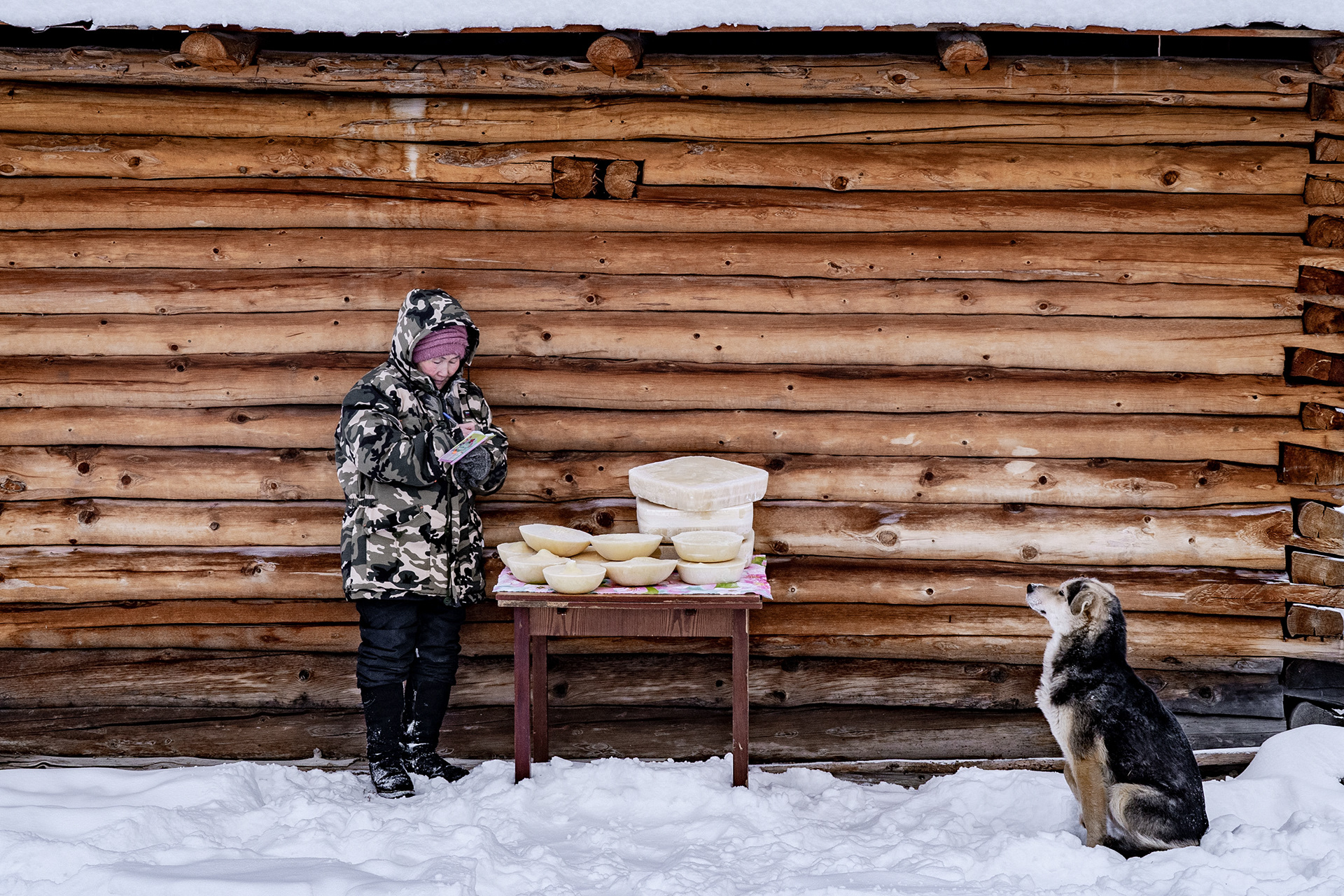
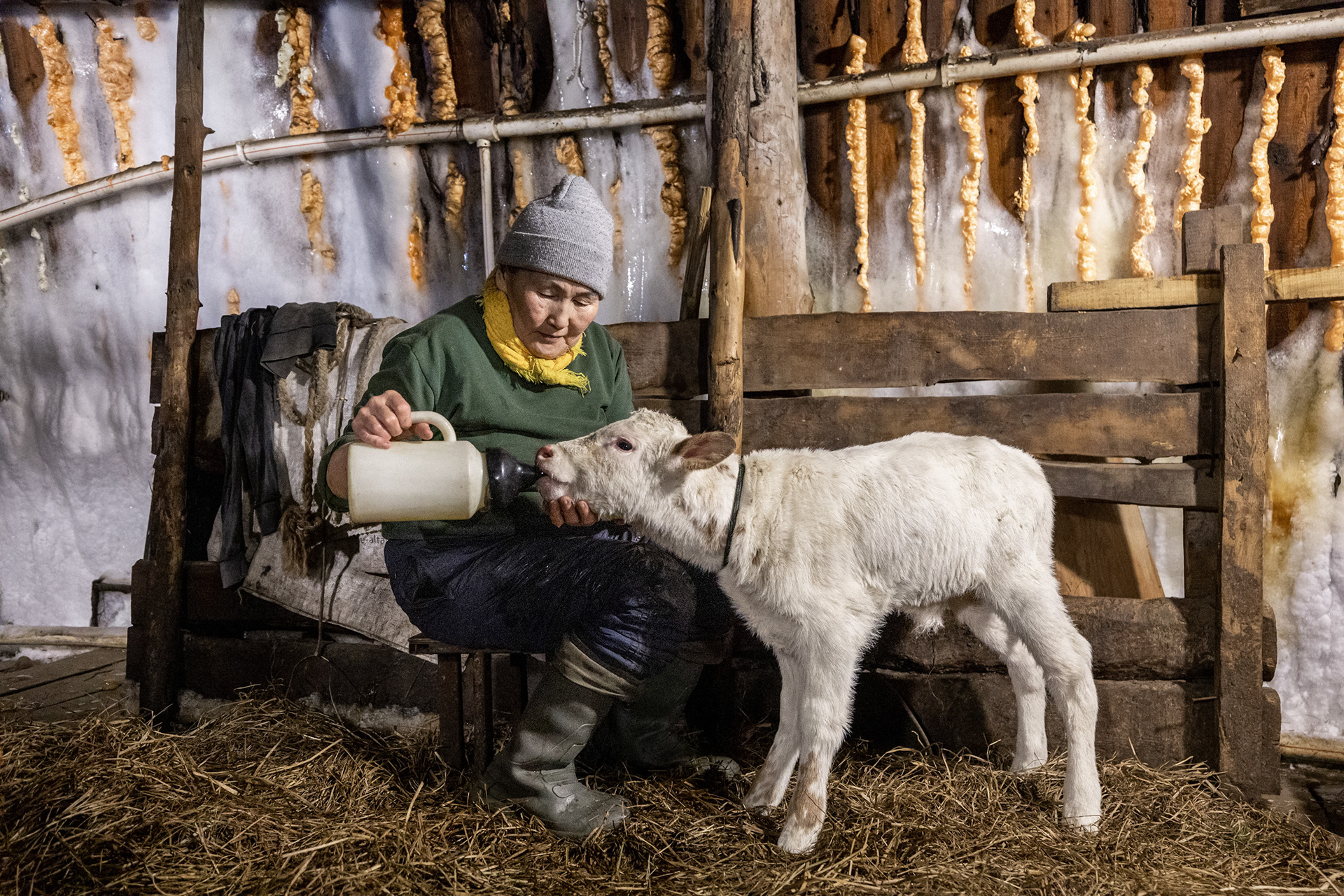
Permafrost, le froid n'est plus éternel
Un fait indéniable concernant le dérèglement climatique aujourd'hui est la fonte des glaces, mais non seulement dans les océans. Le permafrost - ce froid souterrain autrefois considéré comme « éternel » - subit également les conséquences du changement climatique. Le permafrost est une partie supérieure de la croûte terrestre dont la température reste inférieure à zéro et descend jusqu'à -10°C. Sa profondeur peut s'étendre jusqu'à 1 km et demi. La superficie totale du permafrost sur Terre est environ de 25 millions de kilomètres carrés. Cela représente 20% de la superficie terrestre totale de la planète, dont 10,7 millions de km2 se situent sur le territoire de la Russie et 7,2 millions de km2 en Amérique du Nord, y compris l'Alaska et le Canada.
En Russie, la Yakoutie est le berceau du permafrost ayant sa plus grande partie avec une superficie d'un peu plus de trois millions de kilomètres carrés. Agé de plus de 700 000 ans, ce permafrost est très ancien et riche en matière organique, comme par exemple les racines de l'herbe que mangeaient les mammouths. De nos jours, la Yakoutie se distingue par un climat nettement continental, caractérisé par de longs hivers avec des températures inférieures à 40°C et des étés courts. Durant cette période de 1 à 2 mois, seule la couche supérieure de la terre doit dégeler, permettant ainsi le développement de la végétation, mais aujourd'hui, du fait du réchauffement, un dégel partiel des couches profondes est en cours. Ce dégel représente de nombreux désagréments pour les populations locales : affaissement des terrains, effondrement des bâtiments, rupture des oléoducs, déformation des routes, perturbations des écosystèmes.
À Oymyakon, région de Yakoutie, et la plus froide des agglomérations habitées en permanence sur Terre par des températures moyennes hivernales, connue sous le nom de Pôle du Froid, est considérée comme un régulateur du climat par la diffusion de sa fraîcheur. Cet endroit est surveillé de près par les stations météorologiques car son réchauffement et l'absence du cyclone d’Oymyakon deviendraient catastrophiques pour la planète. Malgré la température moyenne de l'année plutôt stable, quelques anomalies sont déjà constatées qui provoquent le dégel du permafrost. Au printemps 2023, des pics de réchauffement ont été observés en mars avec seulement -3 C° à Oymyakon soit 8-10 degrés au dessus de la moyenne. La chaleur estivale assèche les eaux souterraines, ce qui provoque l'inflammation de la tourbe du sol, provoquant des incendies de forêt et la fonte du permafrost. En hiver, le froid extrême continu autour de -60°C a également duré plus longtemps que la normale entre décembre 2022 et janvier 2023, ce qui expliquerait entre autres le refroidissement des températures en Europe et ailleurs dans le monde durant cette période.
Le problème devient alors plus que local, car la fonte du permafrost entraîne la libération de dioxyde de carbone et de méthane : des gaz très actifs et des amplificateurs du réchauffement climatique. Un risque de provoquer une boucle inarrêtable à l'échelle mondiale inquiète les scientifiques : plus cela fondra, plus cela produira de méthane et de CO2, plus cela chauffera la planète, etc. De plus, des bactéries anciennes, ainsi que des virus libérés du sol et de la glace, pourraient causer de graves maladies chez les humains et les animaux.
Néanmoins, des tentatives pour résoudre le problème sont entreprises. En 1996, l'écologiste russe Sergei Zimov a fondé le Centre de recherche sur le permafrost en Yakoutie - le parc du Pléistocène. Aujourd'hui, son fils Nikita Zimov, le directeur de la Northeast Science Station en Yakoutie servant de base toute l'année à la recherche internationale en écologie arctique, tente de limiter le dégel en recréant l'écosystème du temps des mammouths. Grâce aux herbivores : yacks, bisons, rennes, chevaux, chèvres et même chameaux, amenés au parc qui pellettent neige et mauvaises herbes en quête de nourriture, le sol est débarrassé des couches qui agissent comme isolant thermique néfaste pour le permafrost. Selon lui, si l'expérience est menée sur une plus grande surface, le climat pourra se refroidir dans les zones arctiques.